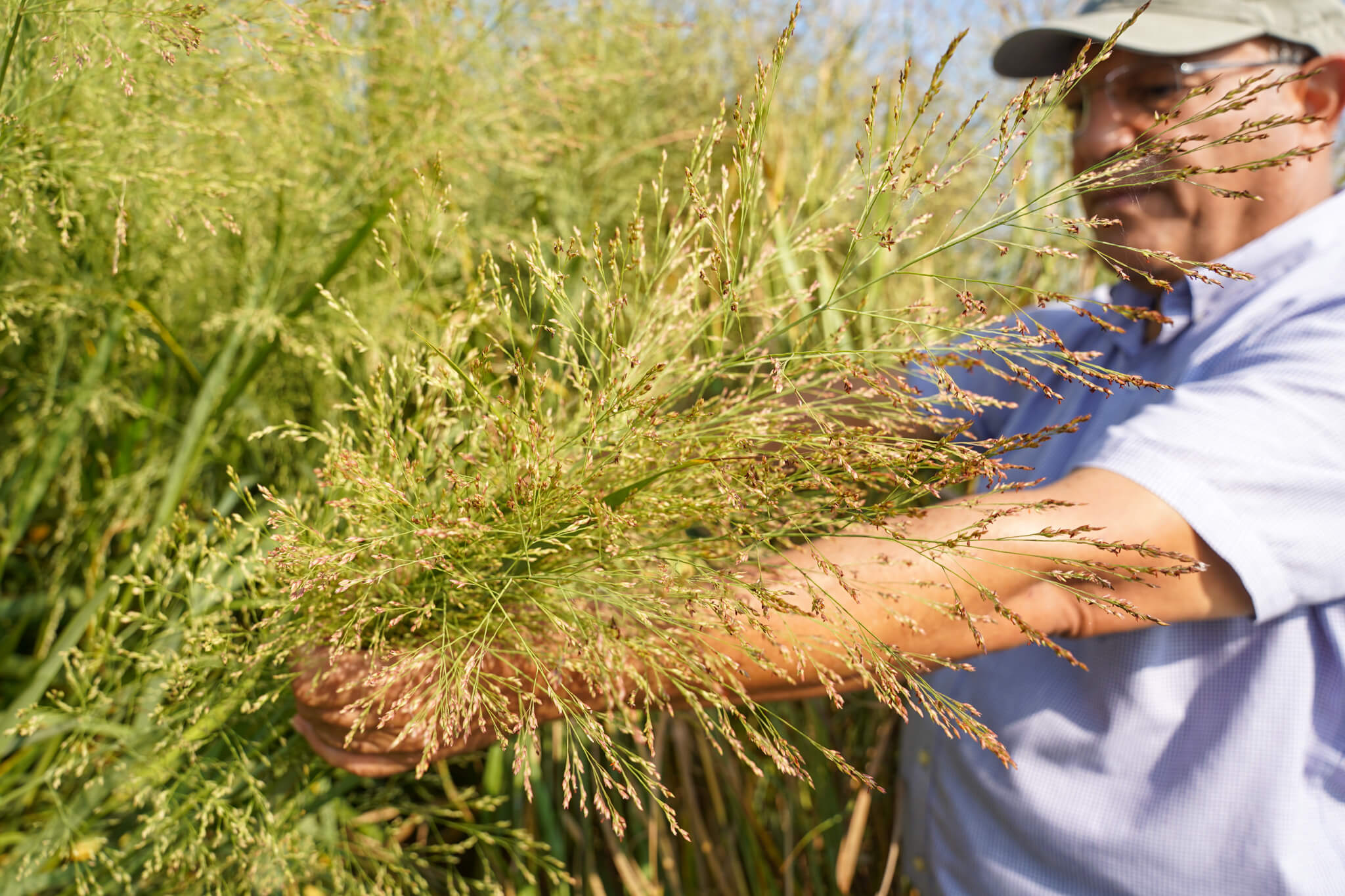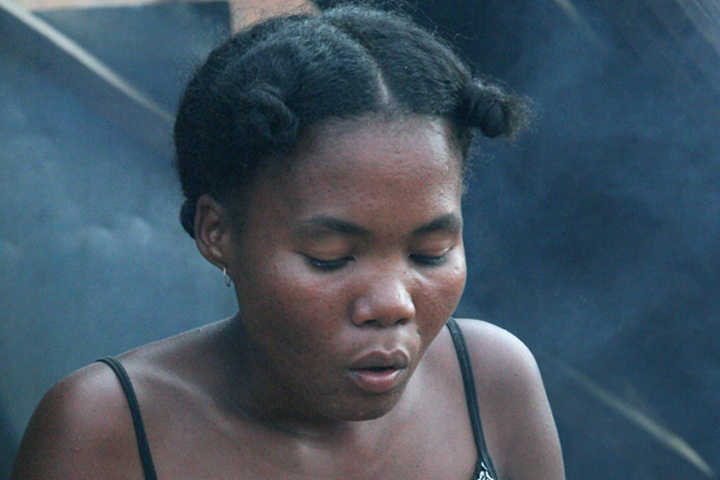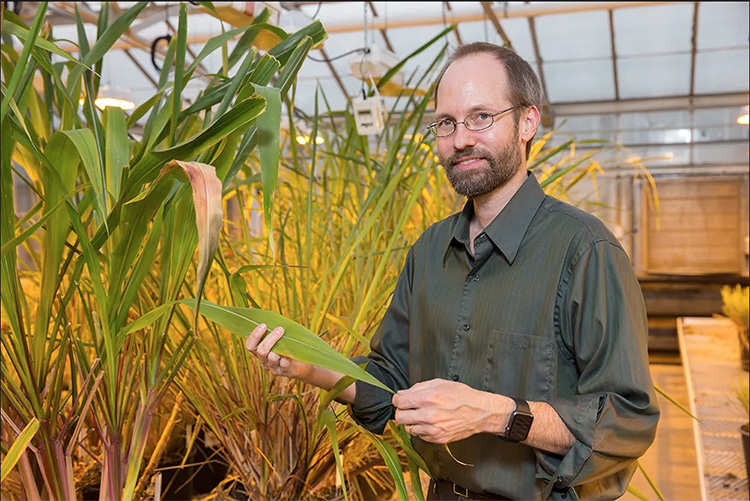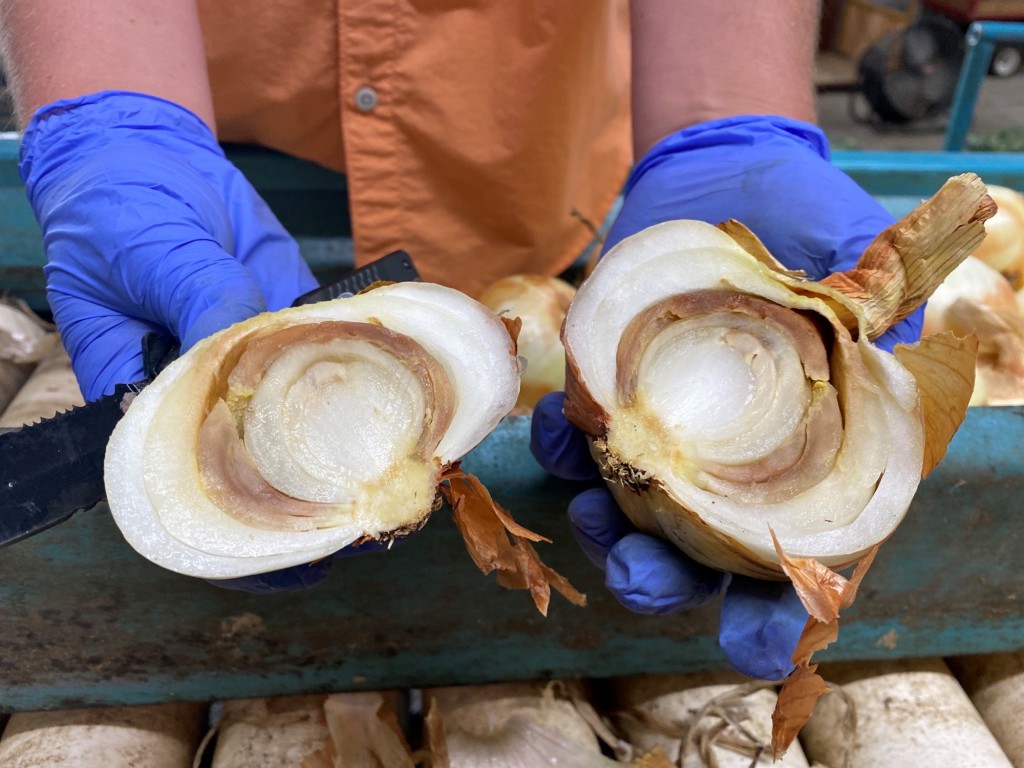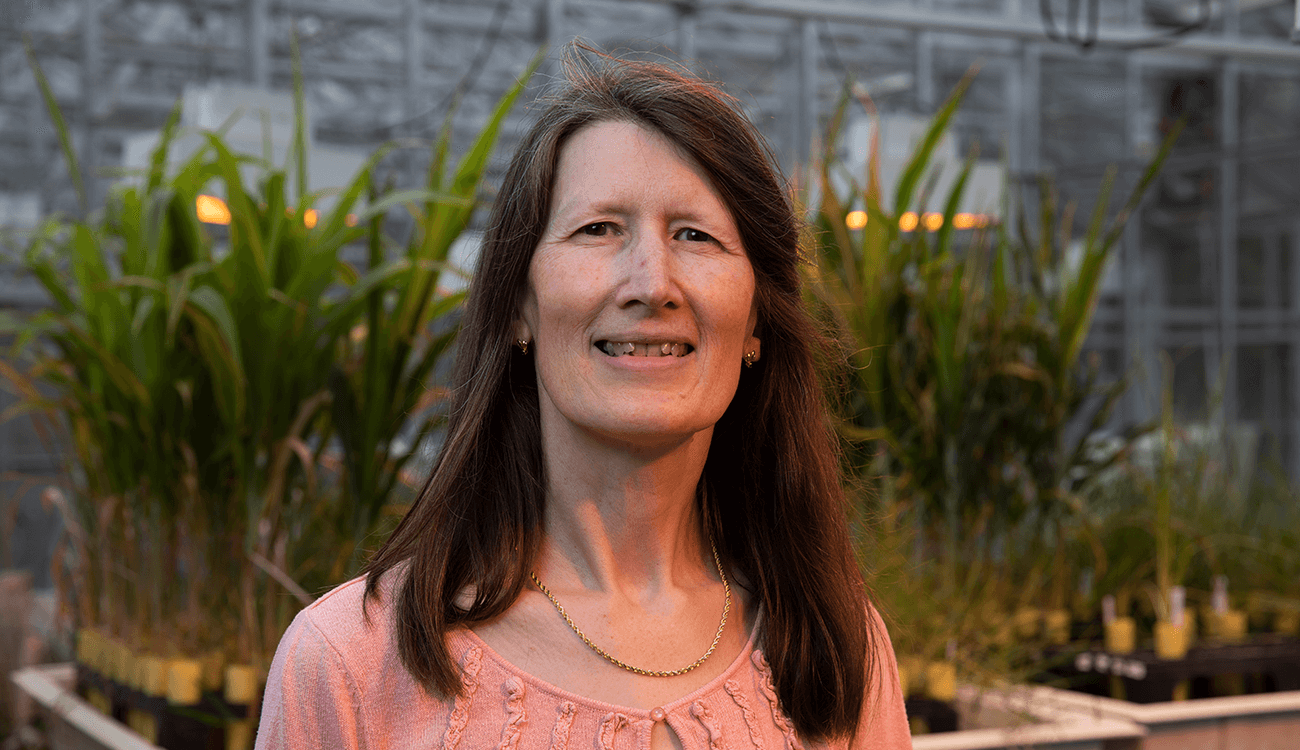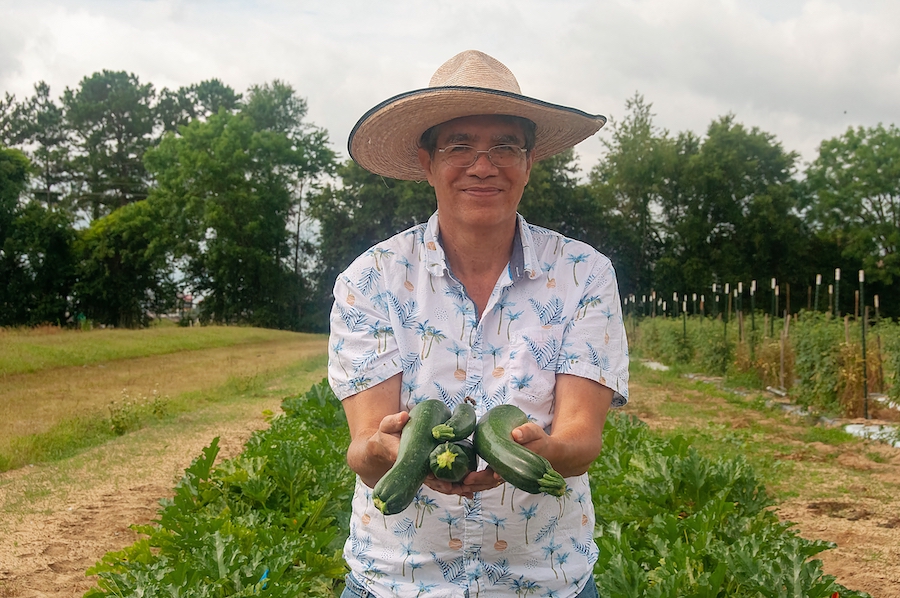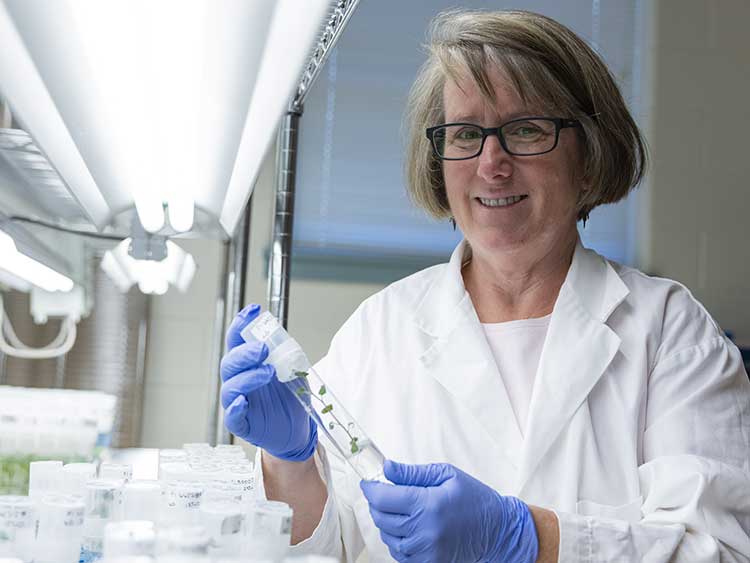 CAES News
CAES News
Bread Wheat Genomics
University of Georgia plant genomics expert Robin Buell is part of an international team seeking to mine an untapped genetic resource for wheat improvement by sequencing the genomes of ancient varieties representing the worldwide diversity of bread wheat. The two-year project— called the Wheat Diversity Project — is funded by the U.S. National Science Foundation and will bring Buell together with researchers from the International Wheat Genome Sequencing Consortium (IWGSC) and collaborators in France to sequence 12 landrace genomes.


